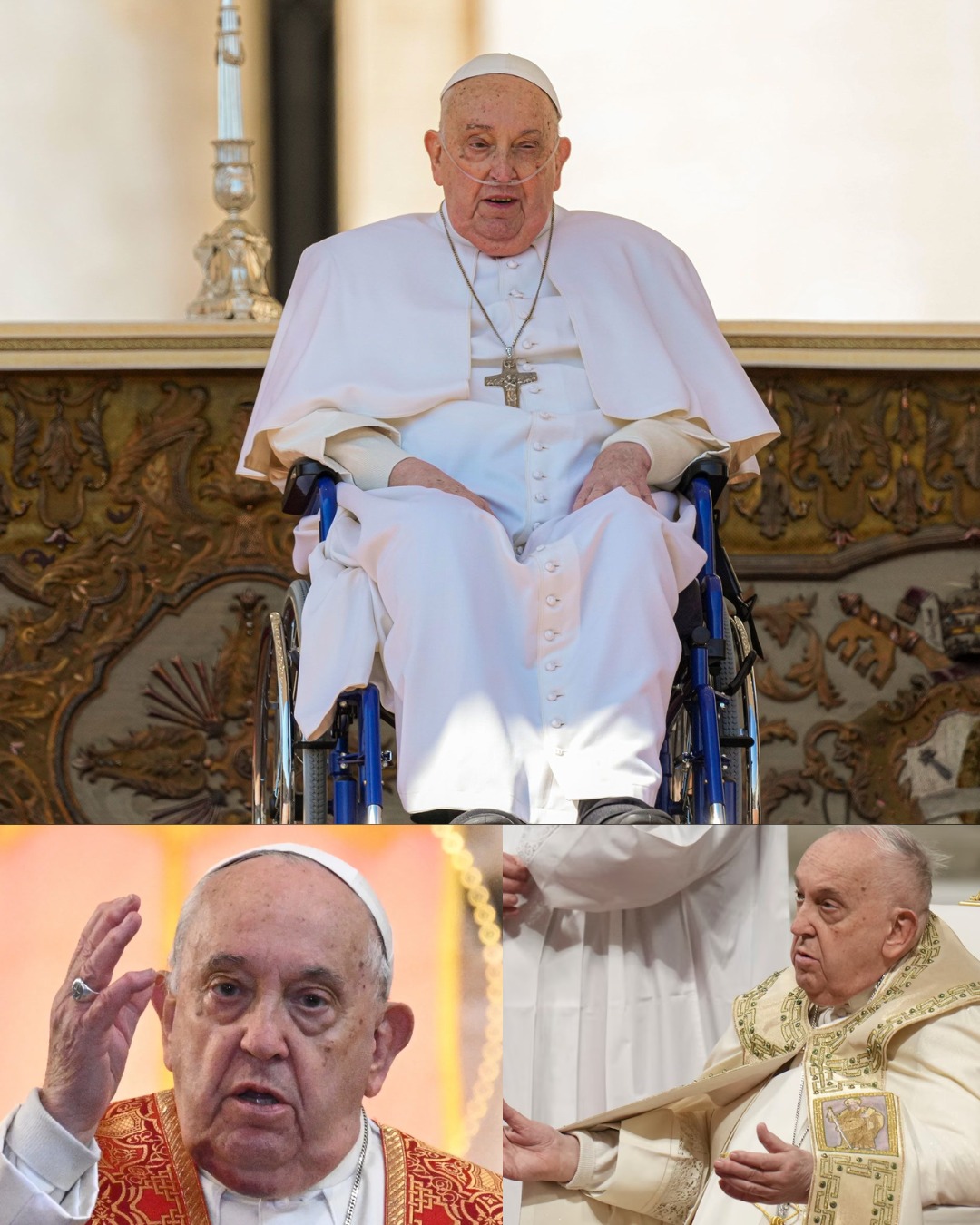A doomsday prophecy that would designate Pope Francis as the last head of the Catholic church has resurfaced online, despite experts calling it a “forgery.”
On Easter Monday morning, April 21, Camerlengo Cardinal Kevin Farrell announced that Pope Francis had died at the age of 88 at Domus Sanctae Marthae in Vatican City.
Born in Buenos Aires, Argentina, he was the first Latin American pope. From March 13, 2013, until his death in 2025, he ruled as the sovereign of Vatican City State and the head of the Catholic Church.
The Vatican observed its final day of mourning for Pope Francis on Sunday, May 4. The papal conclave will begin selecting the next pope on Wednesday.
However, Francis will be the last Pope and there won’t be a 113th, according to a supposedly discovered and published prophecy by Benedictine Arnold de Wyon.
This phenomenon is known as The Prophecy of the Popes, a Latin mythology that includes 112 short, mysterious sentences that are supposed to predict popes, beginning with Celestine II, who was elected pope in 1143.
The Prophecy of the Popes was published in 1595 and was attributed to the Irish Saint Malachy, a 12th-century Archbishop of Armagh.
Up until roughly 1590, the long list—which begins in the 1100s and ends after 112 popes—is thought to accurately represent the church’s chosen leaders.
Since Pope Francis passed away, some conspiracy theorists have read the list, assuming that the next conclave will not produce a pope.
Others believe that a pope will be chosen, the first in a thousand years, something that St. Malachy did not foresee.
According to Boston College professor of church history and Episcopal priest Fr. James Weiss, who spoke to USA Today, he believes the apocalypse prophecy is a “forgery.”
He told the publication that while some examples are more extreme than others, most depictions of supposed popes after 1590 are “hit and miss.”
The 112th pope was referred to as “Peter the Roman” in a brief passage in The Prophecy of the Popes, which some have read as a prophecy of the end of the world or the “second coming” of Jesus.
The journal claims that the paragraph describes a “dreadful judge” and the devastation of the “city of seven hills,” which is thought to be a metaphor for Rome.
It states that “Peter the Roman will rule during the last persecution of the Holy Roman Church, feeding his flock through many trials, after which the seven-hilled city will be destroyed and the terrible Judge will judge the people.” “The Final Chapter.”
Weiss continued by stating that the commonly accepted doomsday interpretation of the paragraph may be wholly inaccurate.
Instead, he claimed, it might refer to a non-apocalyptic event and perhaps a nation’s leader’s decision.

Pope Francis, who takes his papal name from Francis of Assisi, is the 101st pope recognized by the Church since Malachy’s time and the 266th pope in Vatican history.
However, Weiss claims that some people believe Francis to be the 112th and final pope because the Catholic Church once had multiple leaders who claimed to be hope at the same time.
According to USA Today, “those who believe in Malachy’s prophecy include in the count a few of those antipopes – figures not formally recognized by the Vatican.”
Qualifying cardinals will cast their votes in a formal conclave that begins this week in Rome’s Sistine Chapel, regardless of your opinion regarding the possibility of another pope.
Pietro Parolin, Peter Erdo, Jean-Marc Aveline, and Pierbattista Pizzaballa are among the front-runners in an unpredictable process that will continue until the next pope is selected.
When the Catholic Church formally selects a new pope, smoke will be released from a small chimney atop the Sistine Chapel.
The 112th pope was referred to as “Peter the Roman” in a brief passage in The Prophecy of the Popes, which some have read as a prophecy of the end of the world or the “second coming” of Jesus.
The journal claims that the paragraph describes a “dreadful judge” and the devastation of the “city of seven hills,” which is thought to be a metaphor for Rome.
It states that “Peter the Roman will rule during the last persecution of the Holy Roman Church, feeding his flock through many trials, after which the seven-hilled city will be destroyed and the terrible Judge will judge the people.” “The Final Chapter.”
Weiss continued by stating that the commonly accepted doomsday interpretation of the paragraph may be wholly inaccurate.
Rather, he said, it might allude to a non-apocalyptic incident and possibly a country’s leader’s judgement.

Pope Francis, who takes his papal name from Francis of Assisi, is the 101st pope recognized by the Church since Malachy’s time and the 266th pope in Vatican history.
However, Weiss claims that some people believe Francis to be the 112th and final pope because the Catholic Church once had multiple leaders who claimed to be hope at the same time.
According to USA Today, “those who believe in Malachy’s prophecy include in the count a few of those antipopes – figures not formally recognized by the Vatican.”
Qualifying cardinals will cast their votes in a formal conclave that begins this week in Rome’s Sistine Chapel, regardless of your opinion regarding the possibility of another pope.
Pietro Parolin, Peter Erdo, Jean-Marc Aveline, and Pierbattista Pizzaballa are among the front-runners in an unpredictable process that will continue until the next pope is selected.
When the Catholic Church formally selects a new pope, smoke will be released from a small chimney atop the Sistine Chapel.
